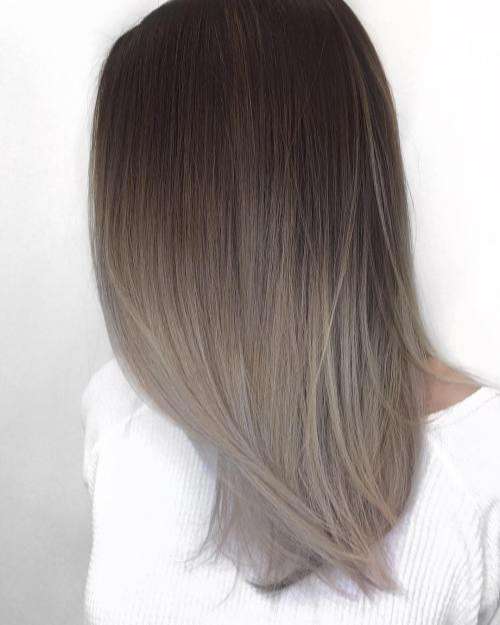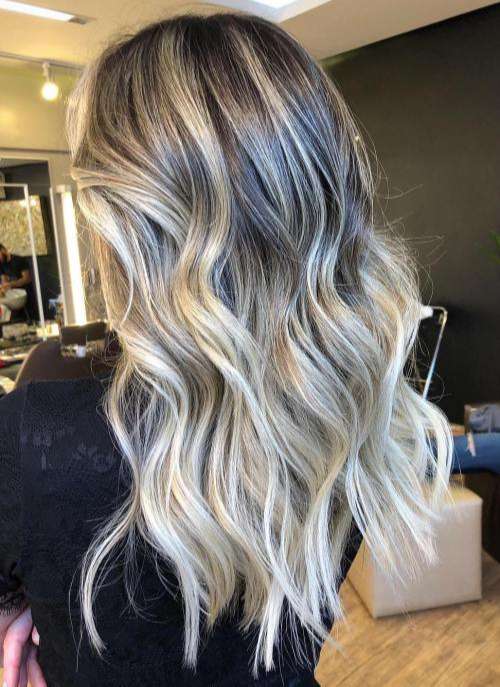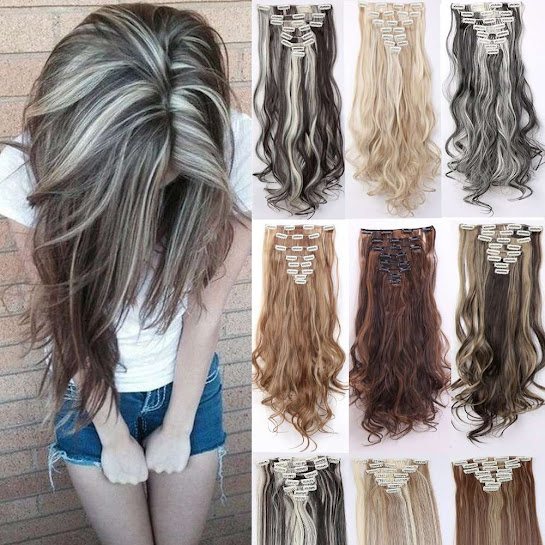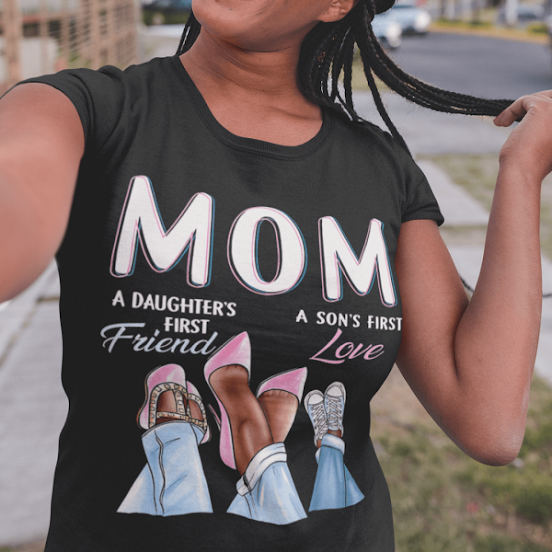Balayage and Ombre - Is It Differennt?
Ever wondered what the difference is between Balayage and Ombre? They are indeed two of the coolest hair trends right now. But knowing how to style your new look can be difficult if you don’t know which one is right for you! We can show you how Ombre and Balayage differ, their different coloration process, how they work best and some tricks to work them into your own hair routine so they are bespoke to you.
What Is Balayage Hair
Balayage is a French word meaning “to paint” or “to sweep.” It offers a soft, sun-kissed sweeping color from root to end. The balayage technique is best achieved by following the natural growth pattern of the hair, giving it a hazy appearance that gives off an air of brightness and natural looking highlights. This technique is best contrasted with its predecessor, foil highlights. Where traditional foil highlights were left in until they grew out, balayage requires only periodic touch-ups rather than continuous maintenance in order to achieve the desired results.
The process: A shot of dark dye is applied from the bottom of your hair shaft towards the roots and then fades into an overlay of lighter dye that begins at the middle of the head and works its way towards to ends. This is called a dip-dye, or ombre in French translation. Often this color tinting method is achieved through a root touch up and highlights, which is why it requires more time to process, but the result can be well worth it - particularly if you’re after a specific style. In order to get on board with full highlights, you need to sit for several hours at least twice if not three times to allow your hair stylist enough time to work their magic.
The best way to differentiate it from ombre? It’s a highlighted look.
Perfect for: Those wanting customized highlights without the harsh lines. It’s also ideal for brunettes who want a natural-looking blonde ‘do.
What Is Ombre Hair
Ombre is the French word meaning “shadow” or “shade” and it is a hair painting technique where the colorist keeps the hair darker from the roots to midshaft and then lighter from the midshaft to the ends. This effect was probably what you first noticed when you heard about hand-painting techniques, making it sort of an OG look for statement-making women with vibrant hair colors that wouldn’t otherwise overpower their skin complexion had they not used this style. Ombre does not include foils so it's also an easier low-maintenance look!
The process: Ombre is a hair treatment process that can transform your locks from dull and dreary to sparkly and vibrant. Ombre involves using color to create an illusion where hair appears to gradually blend from one color shade to another, usually darker at the root than at the tip. Ombre makes it easy for brunettes or natural blondes to emerge with a stream of blonde highlights without the need for having one’s roots re-dyed every few weeks. It also gives way to women who want bolder hair than what they already have by coloring their tips, which may be too light - but not lighter enough - for their complexion.
The best way to differentiate it from balayage? It’s a solid, gradual look.
Perfect for: Those wanting super saturated blonde hair but without the high maintenance. It’s also very popular among those with crazier colored hair (such as green, purple or silver) to rock that trend in a softer way by allowing the roots to remain a natural color.
Balayage and Ombre Comparison
It can be easy to get confused when comparing balayage and ombre because they are two low-key color techniques going from dark to light. It’s important not to mix the two up however, because one thing is for certain - they sure do have a lot of similarities!
For example, both techniques were created to move away from foils and into much more modern styles. Ombre became a trend as early as 2009 when many A-list celebrities such as Victoria Beckham began sporting this bold look down the red carpet. The balayage technique quickly took over in popularity and left ombre in the dust due to its natural but tasteful look that appears like it was collected from the sun’s rays. Instead of having your stylist place in the dye from start-to-finish, balayage allows you to control where each highlight is placed so that you can customize where they hit!
Other Coloring Techniques to Look Into
#Sombre
The term “ombre” derives from the French word for “shade” but not all ombre colors are subtle. The term sombre refers to coloring that gradually transitions from one shade too another, although it has come to often refer to softening a harsh ombre style by keeping some of the original shade or natural color. Sombre hair is just as popular with those over 50 as you might expect because it elegantly blends shades and adds dimension.
The sombre option is similar to ombre, but instead of it fading in layers from dark to blond, it fades from a deeper hue like brown or purple to a lighter hue like pink or yellow. This can be applied to hair which has been commercially colored but one can also create the look with a homemade dye (or multiple dyes).
#Flamboyage
Although the technique is going to look like Balayage or Ombre, this technique consists of much lighter ends that span throughout the entire length of your ponytail. Essentially it's a blend of Balayage and Ombre with a touch of highlights thrown in for an extremely subtle look.








.png)

Comments
Post a Comment